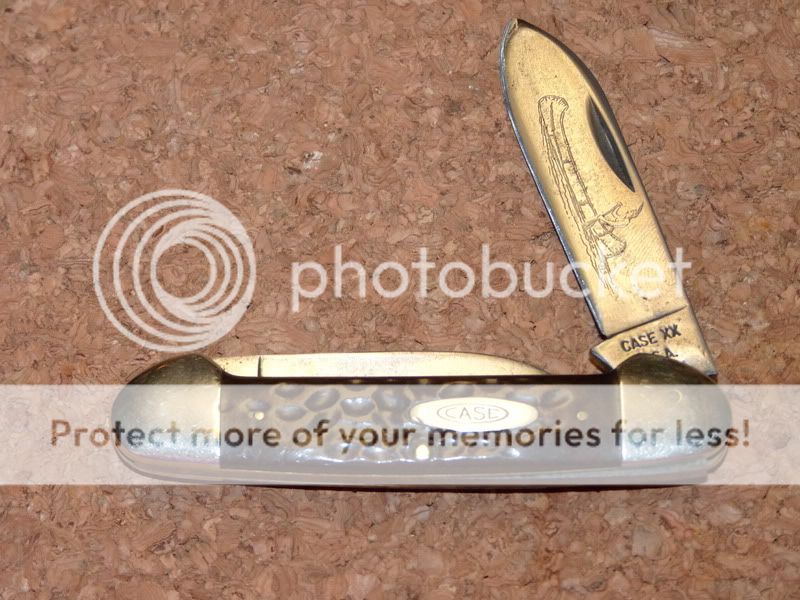- Joined
- Sep 10, 2010
- Messages
- 474
Been collecting some Case canoes from the 70's over the last few months and thought I'd finally show them off. Just one of those patterns I've just fallen in love with....so here we go.
First one here is a 1975 Canoe in a brown bone...nicely worn. This one was obviously used when I got it and it's been riding in my pocket. Really great knife.

Next is another 1975 Canoe in brown bone. This one is near new condition...plan on using this one though(long story). Another great knife.

This one is yet another 1975 but in red bone. This one is a bit of a safe queen.

And last but not least. This one is a bit of a unicorn. This one was made in 1973, but what's unique about it is that my understanding is the Indian etching wasn't introduced until 74(correct me on that if I'm wrong). Transition model possibly? It has some really beautiful red/brown bone scales. This one is pretty much a show piece. Don't have the heart to scuff it up.

Anyway, hope you guys like them. Feel free to share some 70's Case canoes if you've got them.
First one here is a 1975 Canoe in a brown bone...nicely worn. This one was obviously used when I got it and it's been riding in my pocket. Really great knife.

Next is another 1975 Canoe in brown bone. This one is near new condition...plan on using this one though(long story). Another great knife.

This one is yet another 1975 but in red bone. This one is a bit of a safe queen.

And last but not least. This one is a bit of a unicorn. This one was made in 1973, but what's unique about it is that my understanding is the Indian etching wasn't introduced until 74(correct me on that if I'm wrong). Transition model possibly? It has some really beautiful red/brown bone scales. This one is pretty much a show piece. Don't have the heart to scuff it up.

Anyway, hope you guys like them. Feel free to share some 70's Case canoes if you've got them.


